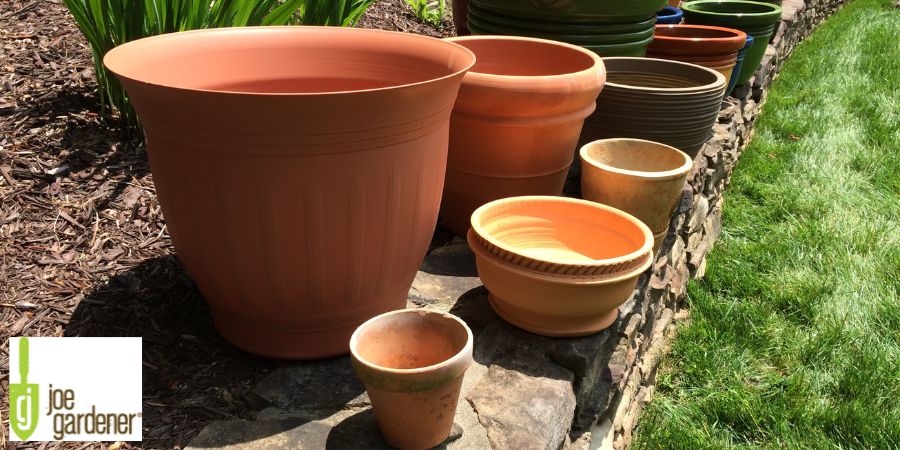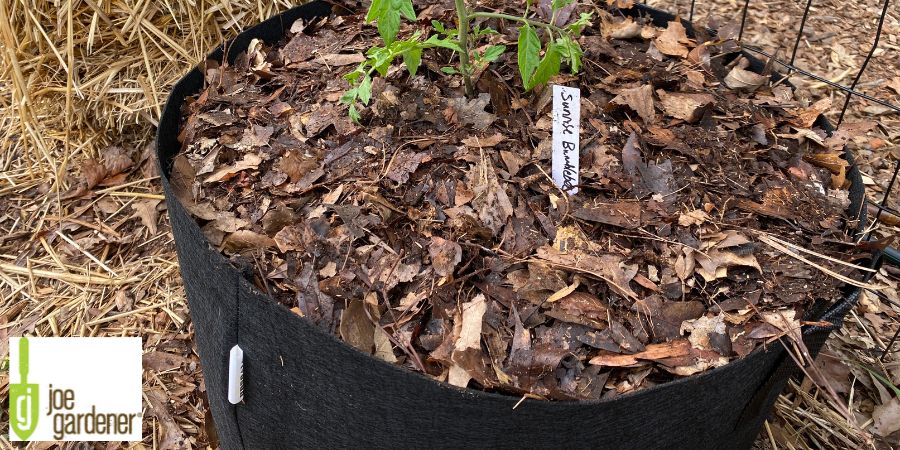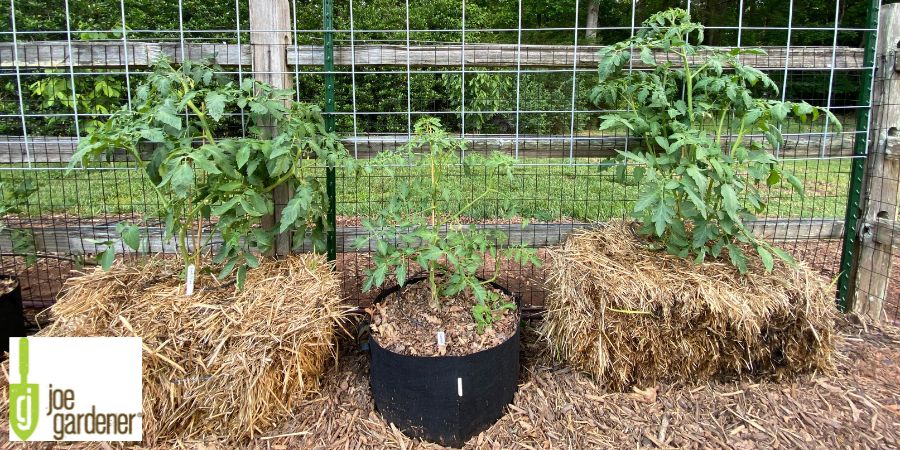Raised Beds Alternatives to Save Time, Money, and Space
- Gardening Expert and Host of Growing a Greener World®April 15, 2023
Raised bed gardening offers a number of advantages over gardening in-ground, but between the lumber and soil, start-up costs for a raised bed can stack up, and not everyone has the available space that a raised bed garden requires. I want you to know that gardeners can still enjoy the benefits of an above-ground garden without all of the expenses of a raised bed.
Container gardening can be achieved with far less space than a raised bed requires, and containers can be found at a variety of price points and in countless styles. Grow bags and straw bales are other viable alternatives to having a raised bed garden. Here’s what to know about your options:
Plastic Containers
Plastic pots and planters are typically lightweight and inexpensive, and they’re found in a range of diameters and depths. With a couple of large containers, a bunch of small ones, or a mix of sizes, you can get up a container garden that’s the right size for your space.

Plastic and Terracotta Containers
Plastic containers are suited to most crops, though not the best choice for crops that resent having wet feet. That’s because plastic containers hold water really well. No matter what you plan to grow in the containers, make sure they have holes at the bottom for proper drainage.
Some plastic pots are “self-watering,” which means they have reservoirs that hold a lot of water and moisten soil gradually. These pots cost a bit more, but it’s a great feature to have if you spend time away from your garden.
Plastic pots are easy to clean and resist breakage if bumped or dropped — but they do tend to fade and crack after just a couple of seasons outdoors.
Resin Containers
Resin containers are much like plastic containers, but more durable and long-lasting. Resin can be designed to imitate wood, concrete, clay or glazed pottery in appearance, but for significantly less cost. If you’d like your container garden to appear stylish while not costing as much as it looks, resin is a great option.
Resin is lightweight, so once emptied of soil, even the largest resin containers can be relocated fairly easily. But before buying the largest container you can find, consider if it’s bigger than your crops will require. Keep in mind that you will need to fill it with potting mix and keep it watered.
Terra Cotta Pots
Terra cotta pots have been favorites of growers for centuries, and for good reason. Terra cotta is porous, so it allows air to reach plant roots and also wicks excess moisture from soil, so overwatering is less of a concern. That makes it a great choice when growing plants that prefer soil that dries out between waterings, such as cactuses and succulents. If growing crops that demand consistent moisture but well-drained soil, be prepared to water terra cotta pots more frequently than plastic pots.
As terra cotta ages, it develops an attractive patina. If cared for correctly, the pots will last a very long time. The pots should be emptied and overturned in winter so they don’t crack when the soil freezes and expands.
Because the pots are heavier than plastic or resin, they are less likely to blow over in the wind, though they are still light enough to be picked up with ease and rearranged.
Grow Bags
Grow bags are nonwoven fabric bags that can be filled with container mix to be used just like pots. Just like terra cotta pots, grow bags are porous and require more frequent watering. They range in size from as small as a quarter gallon to as large as 300 gallons.

Plants Growing in a Grow Bag
You’ll never have to worry about grow bags cracking from age or shattering after toppling over. Look for grow bags made from food-grade polypropylene, which is free of any harmful and persistent chemicals.
Plants raised in grow bags resist becoming root bound, which restricts their access to water and nutrients. In a plastic container, roots hit the sides and just go around in a circle, but in a grow bag, when roots get to the sides, they are exposed to air and stop growing due to “air pruning.”
Another reason grow bags are convenient is because when they are out of use, they can be emptied and folded flat. For gardeners without much storage space, this is a big benefit.
Straw Bales
Straw bale gardening is an innovative growing technique that doesn’t require soil. Between the soilless environment and the fact that new straw bales are used each growing season, occurrences of soilborne pathogens and other plant diseases are significantly reduced in straw bale gardens.

Straw Bales and Grow Bag
Start out with straw bales — not hay bales — that are seed-free and herbicide-free. Place the bales with the cut (prickly) side up, so water and nutrients can readily penetrate the bales. Treat the bales with a nitrogen source, such as Milorganite, blood meal, then add water and let decomposing bacteria get to work. As the bacteria proliferate, the insides of the bales will heat up, just like a hot compost pile. This is a sign that the bales are becoming well conditioned for growing crops. Continue to add nitrogen every other day for about 18 days, at which point seedlings can be transplanted into the bales and seeds can be sown.

